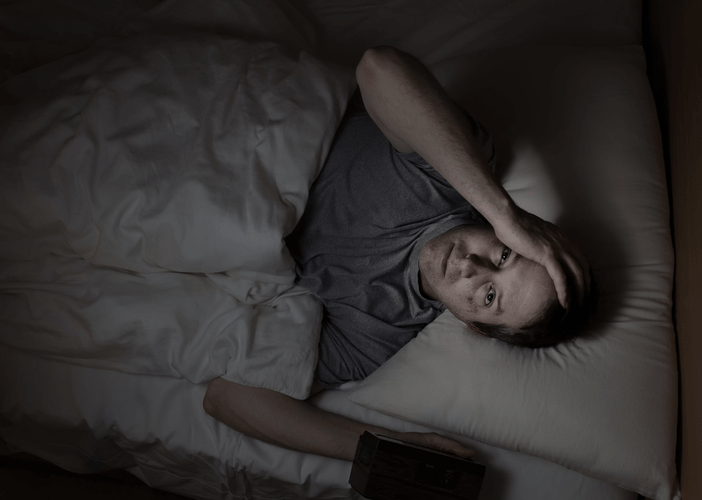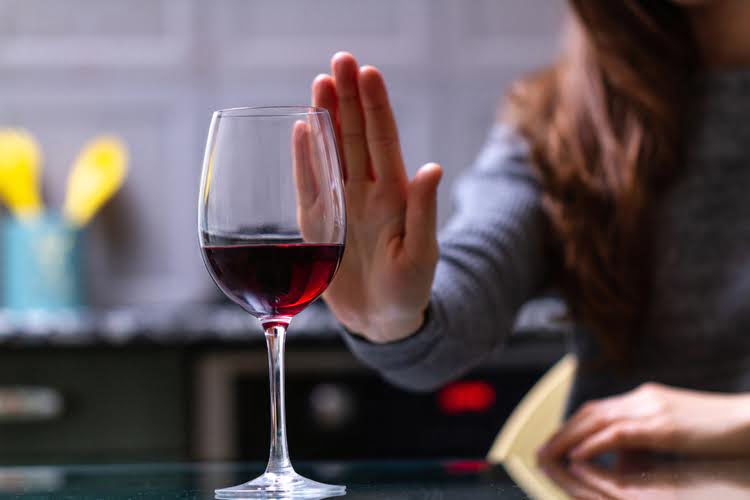Nutt et al. (2007) ranked both psychological and physical dependence risks for cannabis as lower than those for alcohol (Nutt et al., 2007). According to the US National Institute of Drug Abuse, 9% of those who use cannabis go on to develop dependence (US National Institute of Drug Abuse, 2013). On the other hand, NESARC results show that how to overcome alcoholism the lifetime prevalence of alcohol dependence is almost twice as high at 17.8% (Hasin et al., 2007).

Public Health
- Furthermore, both incident and continued cannabis use have been linked to increased risk of incident psychotic symptoms (Kuepper et al., 2011), though cannabis use is not considered a sufficient cause for psychosis in itself (Arseneault et al., 2004).
- As a result, patients are able to handle stressful situations and various triggers that might cause another relapse.
- These key points are indispensable for fostering effective collaboration among interprofessional team members responsible for patient care.
- An intervention presents a loved one with a structured opportunity to make changes before things get even worse and can motivate someone to seek or accept help.
Obviously, these patients wouldn’t be using cannabis to treat their chronic pain if it didn’t help alleviate their symptoms. While not by any means harmless, cannabis will not destroy your kidneys like NSAIDS, which is a huge deal as you get older. As such, as patients get older, portlier, and start to have cranky knees and backs, we ought to be offering them cannabis as a relatively non-toxic remedy for their pain before we offer opioids, and, I’d suggest before the patient destroys their kidneys with NSAIDs.
Understanding Drug Use and Addiction DrugFacts
- For example, articles regarding health economic costs were discussed and cited under Criterion #7 (‘should offer significant health economic benefits’).
- Two groups of synthetic drugs — synthetic cannabinoids and substituted or synthetic cathinones — are illegal in most states.
- Study year, patient-year-level characteristics and state-level characteristics were all incorporated in the models as fixed effects.
- Additionally, cannabis can worsen mental health outcomes for some people-especially anxiety, depression, cognitive deficits, and psychosis-all of which can increase risk for opioid use and substance use disorders.
- This implies that the costs of cannabis on the aggregate level are probably much lower than the costs of alcohol.
It is important to remember that Michael is held to the same standards as any other employee, and any previous disciplinary action stands. In this scenario, Marianna has protections under the ADA because she has a history of having an impairment that affected one or more major life activities (i.e., heroin addiction). She has not used heroin for six years, a sufficient period to presume that her drug use is not current.
Criterion #7: it should offer significant health economic benefits
- Twelve-step facilitation is a strategy built on the premise that involvement in a mutual support group like Narcotics Anonymous (NA) or Alcoholics Anonymous (AA) can help individuals to achieve and maintain abstinence.
- Physically addictive substances such as benzodiazepines (“benzos”) are medications many people want to reduce or stop taking.
- You need to go to the methadone clinic to receive a controlled dose that makes your symptoms easier to manage.
- Alcohol is the most popular recreational substance worldwide and, alongside tobacco, has the most significant impact on human health.
A positive or negative answer to this question would not reveal an addiction disability (U.S. Equal Employment Opportunity Commission, 1995). Individuals with an Opioid Use Disorder (OUD) may be prescribed medication to treat their OUD. These drugs (e.g., methadone, buprenorphine, or naltrexone) are prescribed by a health care professional in a medication-assisted treatment (MAT) program. These three https://www.adamofficial.com/how-to-search-and-what-to-ask-navigator-niaaa-2/ medications are approved by the Food and Drug Administration and are not considered “illegal drugs”. Individuals in MAT are considered in a treatment program and have protections under the ADA (U.S. Department of Justice, Civil Rights Division, 2022). The COVID-19 pandemic has resulted in an increase in increased rates of alcoholism and substance abuse.
Medical Marijuana Treatment for Opiate Addiction

The goal of detoxification, also called „detox” or withdrawal therapy, is to enable alcoholism symptoms you to stop taking the addicting drug as quickly and safely as possible. For some people, it may be safe to undergo withdrawal therapy on an outpatient basis. For diagnosis of a substance use disorder, most mental health professionals use criteria in the Diagnostic and Statistical Manual of Mental Disorders (DSM-5), published by the American Psychiatric Association. From a population of more than 31 million commercially insured members, we identified 305,054 patients that filled an index pain medication prescription.
Merging ancient wisdom with modern science, discover the mysterious realm where marijuana meets traditional medicine practices. Hybrid strains combine characteristics of both Indica and Sativa, providing a balanced approach. Consulting with a healthcare provider can help you navigate these options and find the most suitable strain for your needs.
No comment yet, add your voice below!